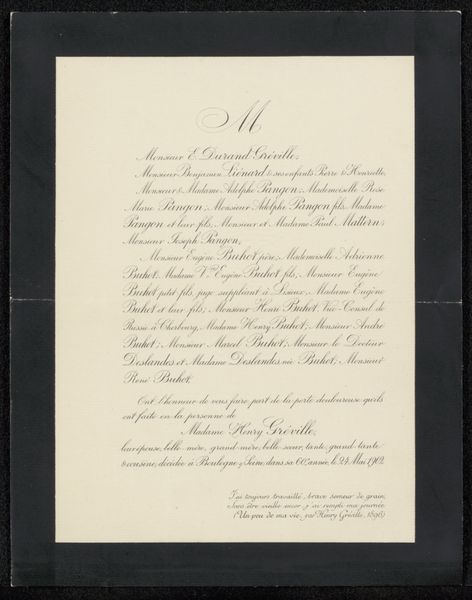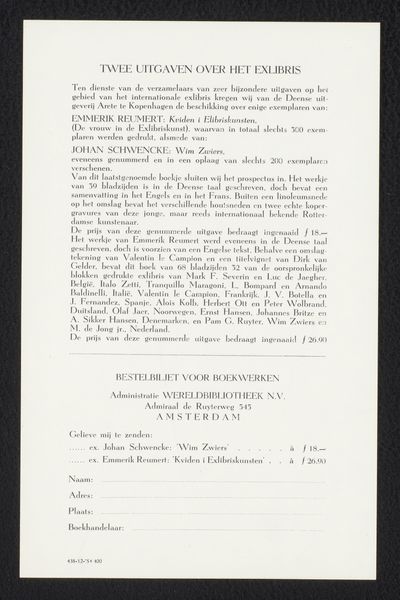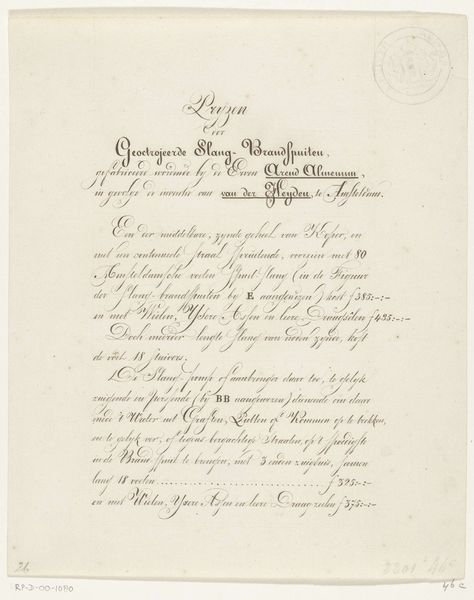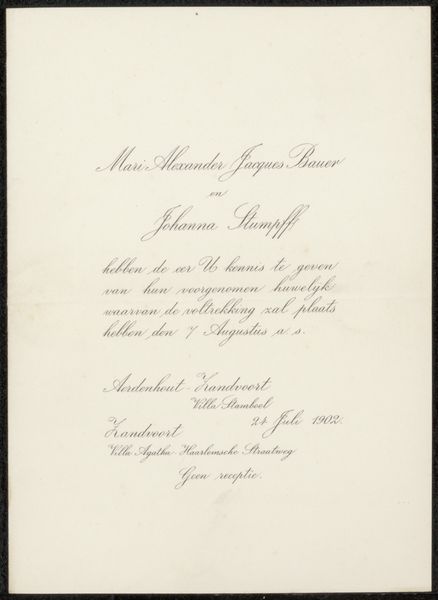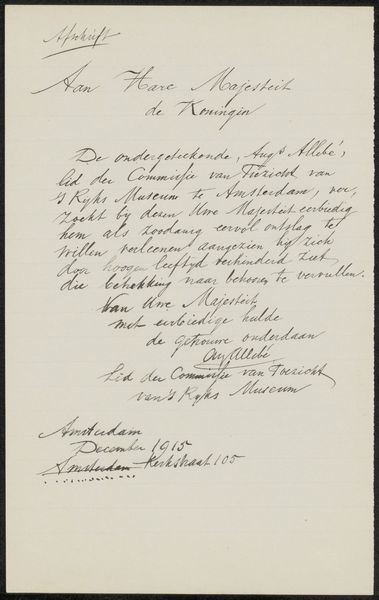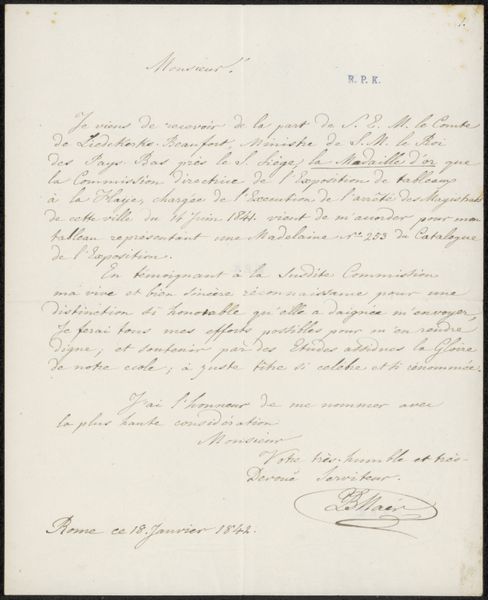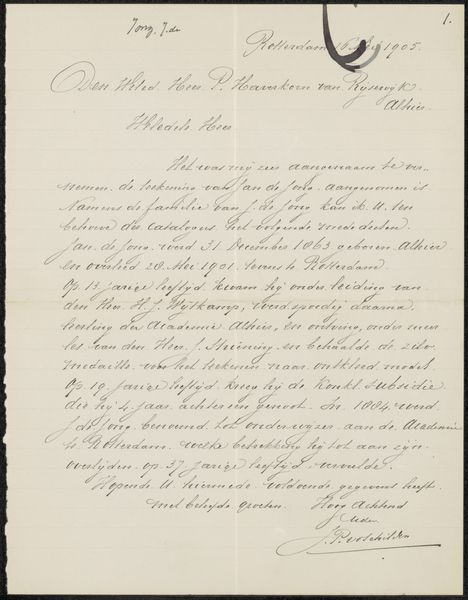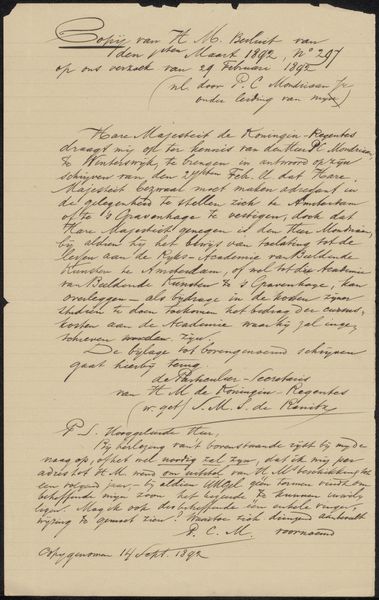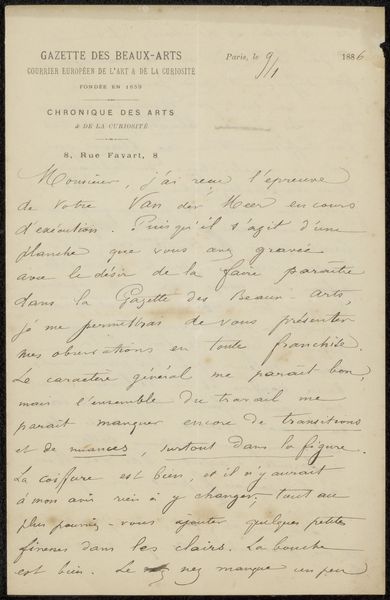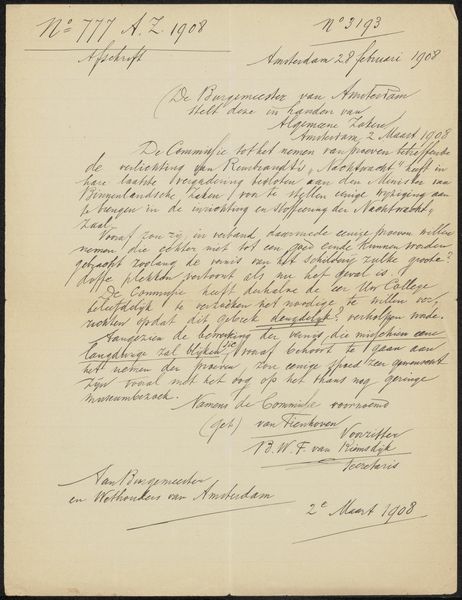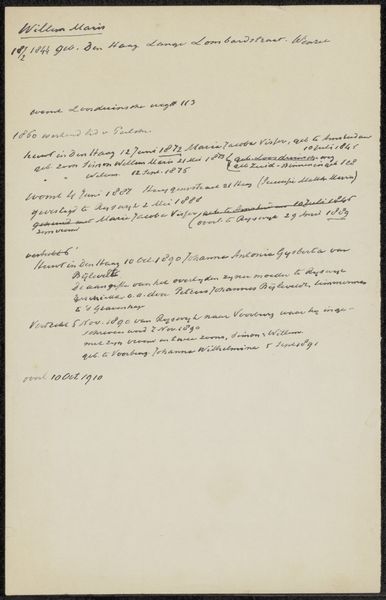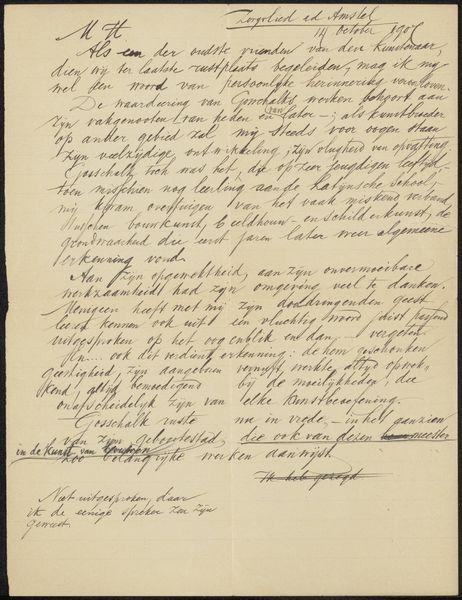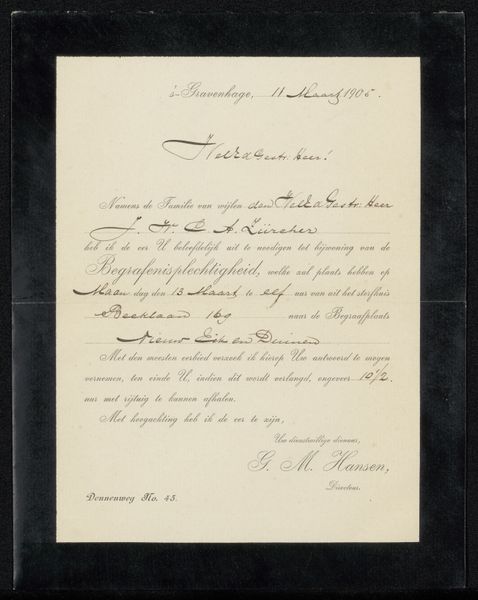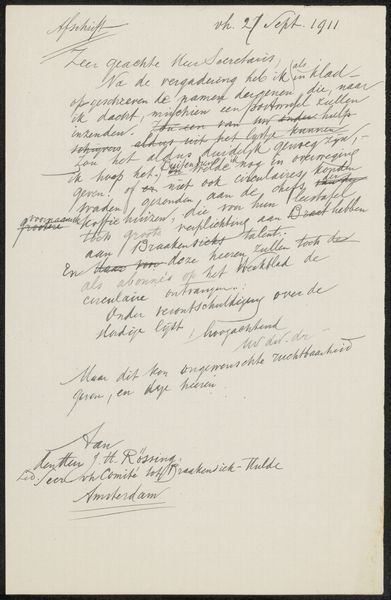
print, textile, paper, typography
#
magazine cover layout
#
type repetition
#
sand serif
#
aged paper
#
medieval
# print
#
textile
#
paper
#
film poster
#
typography
#
thick font
#
golden font
#
word imagery
#
historical font
#
columned text
#
calligraphy
Copyright: Rijks Museum: Open Domain
Editor: This is a print titled "Overlijdensbericht aan Philip Zilcken" which I believe translates to something like “Obituary to Philip Zilcken." It's attributed to an Anonymous artist and is dated sometime after 1915. It's interesting how the typography creates this aged effect. What do you see in this piece? Curator: Immediately, I see a potent reminder of how deeply intertwined death and representation have always been, especially for those with societal power. It's not simply a notice; it's a performance of mourning, meticulously crafted to convey status and connection through the prominent display of family names. Note the emphasis on lineage and social standing throughout the text. Does this connect to larger observations on historical context for you? Editor: It does. It feels performative. Like announcing grief. Curator: Precisely. Consider how this public display reinforces social hierarchies. The act of publishing such a notice isn't merely informative. It asserts the family's place within a certain echelon. How does the visual presentation support or contradict that sense? Think about the paper quality, the font... Editor: It's contradictory actually. The aged paper and simple, thick font create this austere feeling which to me doesn’t say "opulence," but does point to traditional practices of remembrance. The repetition and dense layout seems almost medieval. Curator: Exactly. It consciously invokes historical precedent, which can be observed in relation to broader colonial, and gendered structures that shaped societal roles at the time. By understanding how death was managed and displayed, we gain a clearer insight into societal expectations. Do you think such displays still have echoes today? Editor: Definitely. We see it now with social media posts. There’s always a performance when displaying something like this. I've learned it's important to remember how seemingly simple announcements can tell complex social stories. Curator: Agreed, and in this case, thinking about death allows for critical and nuanced understanding about both then and now.
Comments
No comments
Be the first to comment and join the conversation on the ultimate creative platform.
